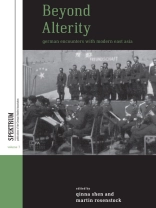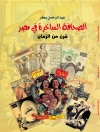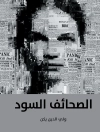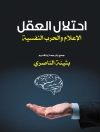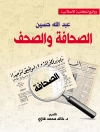With the economic and political rise of East Asia in the second half of the twentieth century, many Western countries have re-evaluated their links to their Eastern counterparts. Thus, in recent years, Asian German Studies has emerged as a promising branch within interdisciplinary German Studies. This collection of essays examines German-language cultural production pertaining to modern China and Japan, and explicitly challenges orientalist notions by proposing a conception of East and West not as opposites, but as complementary elements of global culture, thereby urging a move beyond national paradigms in cultural studies. Essays focus on the mid-century German-Japanese alliance, Chinese-German Leftist collaborations, global capitalism, travel, identity, and cultural hybridity. The authors include historians and scholars of film and literature, and employ a wide array of approaches from postcolonial, globalization, media, and gender studies. The collection sheds new light on a complex and ambivalentset of international relationships, while also testifying to the potential of Asian German Studies.
Tabla de materias
List of Illustrations
Acknowledgements
List of Contributors
Introduction: Re-Investigating a Transnational Connection: Asian German Studies in the New Millennium
Martin Rosenstock and Qinna Shen
PART I: JAPAN AND GERMANY IN THE SHADOW OF NATIONAL SOCIALISM
Chapter 1. Beauty and the Beast: Japan in Interwar German Newsreels
Ricky W. Law
Chapter 2. Reflecting Chiral Modernities: The Function of Genre in Arnold Fanck’s Transnational Bergfilm The Samurai’s Daughter (1936–37)
Valerie Weinstein
Chapter 3. Prussians of the East: the 1944 Deutsch-Japanische Gesellschaft’s Essay Contest and the Transcultural Romantic
Sarah Panzer
PART II: FROM 1920s LEFTIST COLLABORATION TO GLOBAL CAPITALISM
Chapter 4. Otherness in Solidarity: Collaboration between Chinese and German Left-Wing Activists in the Weimar Republic
Weijia Li
Chapter 5. A Question of Ideology and Realpolitik: DEFA’s Cold War Documentaries on China
Qinna Shen
Chapter 6. China Past, China Present: The Boxer Rebellion in Gerhard Seyfried’s Yellow Wind (2008)
Martin Rosenstock
PART III: NEGOTIATING IDENTITY IN MULTICULTURAL GERMANY
Chapter 7. Anna May Wong and Weimar Cinema: Orientalism in Postcolonial Germany
Cynthia Walk
Chapter 8. Rewriting the Face, Transforming the Skin, and Performing the Body as Text: Palimpsestuous Intertexts in Yōko Tawada’s “The Bath”
Markus Hallensleben
Chapter 9. Love, Pain, and the Whole Japan Thing: Dancing MA in Doris Dörrie’s Film Cherry Blossoms/Hanami
Erika M. Nelson
PART IV: TRADE, TRAVEL, AND ETHNOGRAPHICAL NARRATIVES
Chapter 10. Hairnet Manufacturing in Vysočina and Shandong 1890–1939: An Early Globalizing Home Industry
Chinyun Lee and Lucie Olivová
Chapter 11. Orbiting Around the Void: Emptiness as Recurring Topos in Recent German Short Stories on Japan
Gabriele Eichmanns
Chapter 12. Discovering Asia in the Footsteps of Portuguese Explorers: East Asia in the Work of Hugo Loetscher
Jeroen Dewulf
Bibliography
Index
Sobre el autor
Martin Rosenstock is Assistant Professor of German at Gulf University for Science and Technology in Kuwait. He received his Ph.D. from the University of California, Santa Barbara and has held visiting positions at Iowa State University and the University of Connecticut. He has published on the depiction of crime and detection in literature and film as well as on German colonial literature in Monatshefte and Colloquia Germanica.
